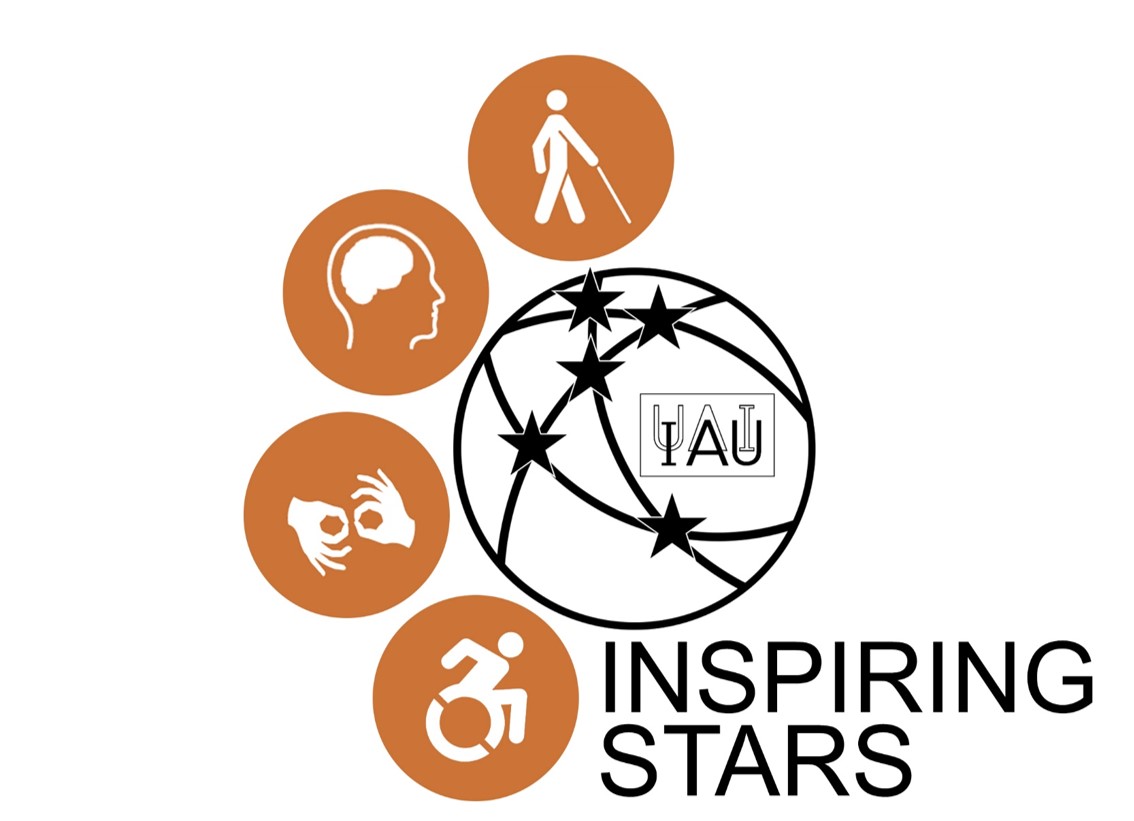Exomoons - Moons in Other Solar Systems
By Meirin Evans
Our planet has only one moon, but there are all together over 100 moons around the other planets in our Solar System. The Universe should be teeming with moons which orbit around planets which themselves orbit around other stars. Planets in other stellar systems are called exoplanets (extra-solar planets) and so moons in other stellar systems are called exomoons. Exoplanets were only discovered in the last 25 years. Will the next 25 years see the discovery of exomoons? There has long been speculation that other moons in our own solar system might have hosted life, so the discovery of exomoons would increase the chances in the ultimate quest of finding life elsewhere in the Universe.
The presence of an exomoon would cause a small shift in the orbit of an exoplanet around its host star. Therefore, here on Earth, we’d look for timing variations in the orbit of an exoplanet. However, the presence of other exoplanets in the same stellar system could also induce a timing variation. Hence, we need something to differentiate between a timing variation from another exoplanet and that from an exomoon. To identify an exomoon we can look for both a transit duration variation (TDV) and transit timing variation (TTV) in the same system. Detection of both would confirm the presence of an exomoon. With TTV, the exoplanet transit would occur at slightly different times for each of its orbits around the host star. With TDV, the total duration of the exoplanet transit changes periodically. TTV and TDV signals should be 900 degrees out of phase, just like the sin & cos functions in maths. The combination of TTV and TDV signals exhibiting a 90 ̊ phase difference would be the confirmation of an exomoon.
Our best chance of detecting an exomoon would be for an edge on orbit of an exoplanet around its host star. This is like seeing the edge of a flat pancake, and not being able to see the top or bottom. Additionally, the exomoon orbit around its exoplanet would be “coplanar”, i.e. the exomoon orbit would also be in the edge of the pancake. In this scenario, the exoplanet and exomoon would move in and out of the pancake, and not up or down from the pancake. In Figure 1, we imagine looking at this pancake from the top, onto its surface. For a Moon-like exomoon orbiting around an Earth-like exoplanet orbiting around a Sun-like star we could expect a TDV signal of 18 seconds, very small on astronomical timescales…
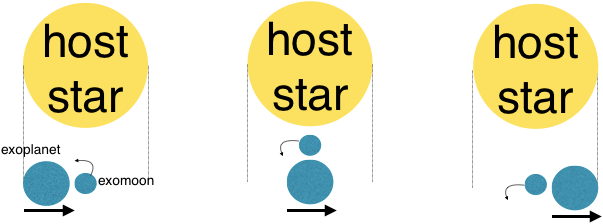
Figure 1: A schematic diagram of an exomoon orbiting around an exoplanet, which itself is orbiting around a host star elsewhere in our galaxy. Sizes and distances are not drawn to scale.
Recent simulations have given promising results suggesting that exomoon detections are on the horizon. Indeed, one of the next few major satellite surveys may provide this first exomoon discovery, which could bring us a tiny step closer to finding life elsewhere in the universe.
|
Meirin is nearing the end of his master's degree in Physics from the University of Manchester. He is interested in many aspects of physics education, teaching, outreach, science communication & public engagement, including writing popular science blogs such as this one. |
 |
Office of Astronomy for Development
By Munira Hoosain
In the past, astronomy’s place in society was well understood. We relied on the moon and positions of stars to determine our calendars, we tracked the movements of planets and drew inspiration from the Milky Way. We raced to be first on the moon as a sign of progress and power. Astronomy has been part of our culture since we first looked up at the night sky.
But lately, I’ve found that many astronomers make the mistake of believing that because the objects and concepts we study exist in a vacuum, our science does as well. I’ve seen this isolation cause deep misunderstandings of science and its place in society – from both scientists and non-scientists.
We need to understand the impacts of the telescopes we build, how we’re teaching and training the next generation of astronomers and how new discoveries can either inspire or confuse. Something that I’ve learnt at the Office of Astronomy for Development is that looking past the lines we’ve drawn between science and the rest of society opens a universe of possibilities to improve both the science we do and the world we live in.
Every year, the OAD funds hundreds of projects across the world that use astronomy to contribute to development. This is guided by the UN’s Sustainable Development Goals – to use astronomy for a better world. These projects can be as simple as training university students in big data and machine learning, improving infrastructure for rural communities around observatories, inspiring young children to look beyond deeply entrenched political divides or making astronomy accessible for all.
What’s striking about these projects is that the people behind them are passionate about improving the world in some small way. They often require collaborations between people from other fields – computer scientists, social scientists, teachers, and community leaders – as well as astronomers. This leads to projects that are more effective because expertise is welcomed from all areas.
I would love to see more astronomers become involved with organisations like the OAD and Astronomers Without Borders. It’s not just important for the development of science, but for the development of the world.
|
Munira is an astrophysics graduate from the University of Cape Town, South Africa. She is currently interning at the IAU Global Office of Astronomy for Development. She loves researching galaxies, reading, and learning about the world. |
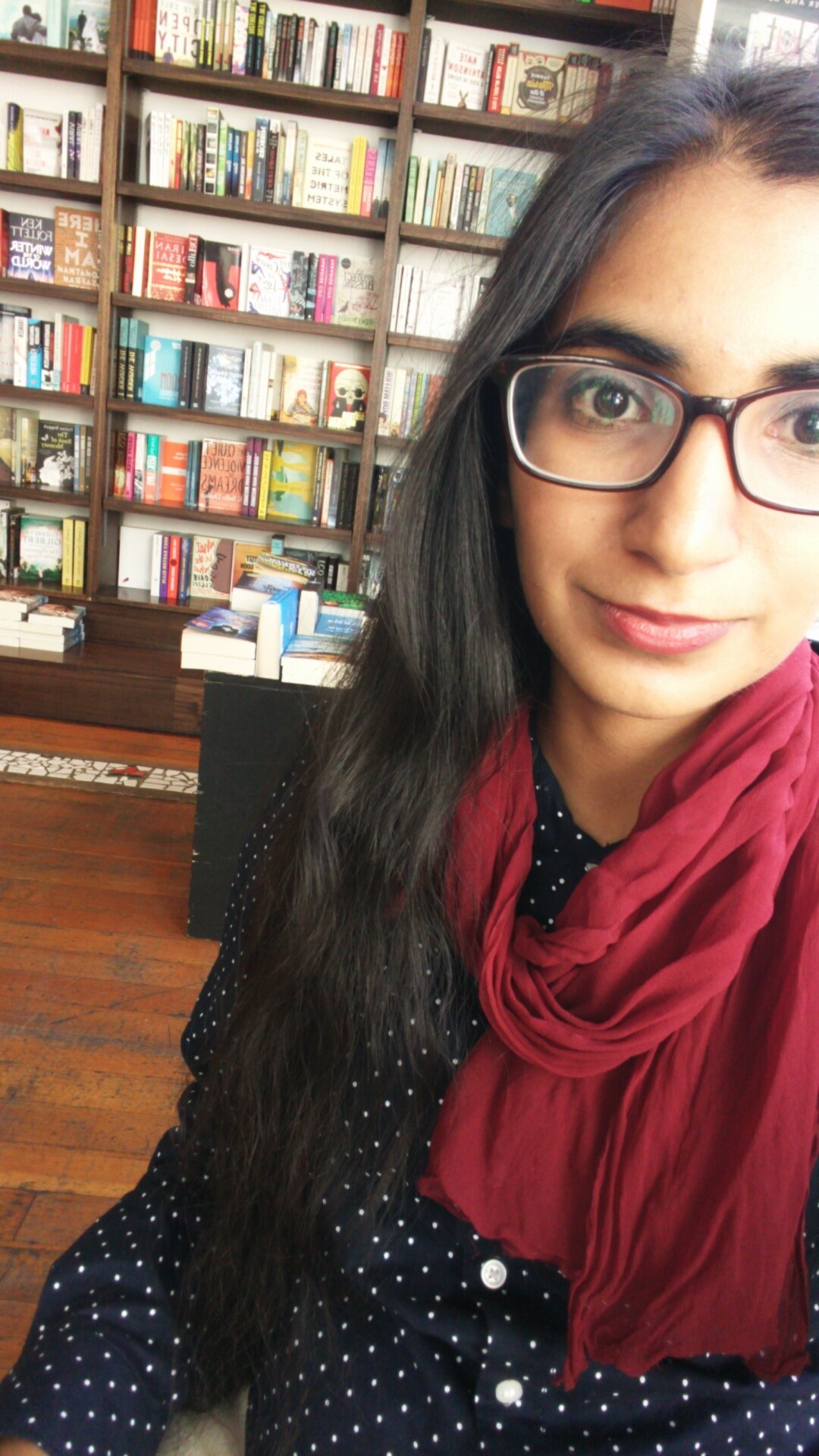 |
Moon in Your Classroom
By Thilina Heenatigala
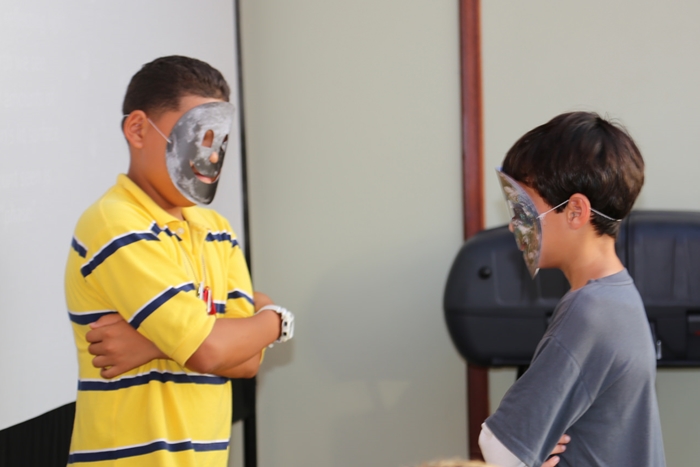
Students role playing to show Lunar phase. Credit: IAU astroEDU
The Moon is the Earth’s only natural satellite and the fifth largest moon in the Solar System. It was formed 4.6 billion years ago. The Moon is in synchronous rotation with Earth meaning the same side is always facing the Earth.
As a celestial object that’s very close to us and integrated in daily lives, our Moon plays a big role. It’s important to understand the behaviour and nature of the Moon. In order to provide high-quality classroom educational activities, IAU’s astroEDU project has curated a ‘Collection’ of activities about our Moon. http://astroedu.iau.org/en/collections/moon/
The collection includes activities for school students to help to understand and inquire about Moon’s features, behaviour, and also includes an activity for students with vision impairment.

Credit: IAU astroEDU
What is astroEDU?
astroEDU makes the best science activities, particularly those with an astronomical, earth or space science focus, accessible to educators around the world. It is an open-access platform for peer-reviewed science education activities where educators can discover, review, distribute, improve, and remix educational activities.
Check more activities at www.iau.org/astroedu
Thilina Heenatigala is an astronomy communicator focused on using astronomy as a tool to communicate and for education. He’s the assistant editor of IAU astroEDU. Follow him on Twitter @ThilinaH and Instagram www.instagram.com/thilinah
Inspiring Stars – IAU Inclusive World Exhibition
By Maria Rosaria D’Antonio, Wanda Diaz Merced and Lina Canas
|
“Inspiring Stars” is an itinerant international exhibition promoted by the International Astronomical Union (IAU) to highlight world initiatives that address the concept of “inclusion” at outreach, didactic, and professional level, using astronomy. IAU logo inside the sphere promoting “Uniting the World to Explore the Universe”. Four smaller circles surround the sphere with the “standard icons” representing Cognitive, Blind, Deaf & Mobility impairments, action implied in each of them. Inspiring Stars written in the lower part of the sphere. “Inspiring Stars” is a collaborative Initiative in which resources related to astronomy research, communication and development are collected via an open call around the world and combined in a unique interactive exhibition. Inspiring Stars intends to broaden the horizons of children, parents, teachers and astronomers by showcasing assistive research tools and inclusive practices inspiring the love for science and the possibility of contributing to it in spite of apparent hurdles. It aims at elicit a chain reaction of committed engagement for an egalitarian participation of people with disabilities in the field of astronomy. The IAU considers this exhibit a joint effort seed generated by the community to grow within the community. Being inclusive both in its goals and practices, the exhibition will develop itself along with the environments it visits, assimilating best practices from around the world and highlighting different local initiatives, therefore strengthening global ties between the communities. The exhibition will premiere during the IAU General Assembly 2018 in Vienna, from 20-31 August, and it will be preceded by an inception activity on April 16, 2018, when the team will visit Vienna meeting local institutions. The motto of the debut experience in August is “Expanding our Universe”, in which the core message is that everyone’s horizons will open up and our lives enriched once we learn from people with disabilities different ways of perceiving the world around us. ActivitiesThe activities planned for the debut of “Inspiring Stars” are representative of existing global initiatives (identified and gathered through an open call), and will target all types of impairments in three modalities of interaction: collaborative, research and didactic. They will include all levels of engagement: outreach, school, and professional ones. About IAUThe IAU has more than 10,000 active members in 98 countries worldwide and its mission is to promote and safeguard the science of astronomy in all its aspects through international cooperation. “Inspiring Stars - IAU inclusive world exhibition” is a joint venture by the IAU Secretariat, the IAU Office of Astronomy for Development and the IAU Office for Astronomy Outreach. With “Inspiring Stars” the IAU intends to go further in its existing actions for the promotion of inclusion focusing on the egalitarian participation in Science. |
|
Maria Rosaria D’Antonio is the Head of Administration for the IAU. She worked in the Departmental Staff of the Minister for Scientific and Technological Research in Italy, was Executive Secretary to the President of the Italian Space Agency, as well as being Assistant to the Galileo Programme National Director office of the Under-Secretary of the Council of Minister in Rome. Presently with Lina Canas (OAO) and Wanda Diaz (OAD), she is working on “Inspiring Stars” — an inclusion project and exhibition that will start during the next IAU General Assembly. |
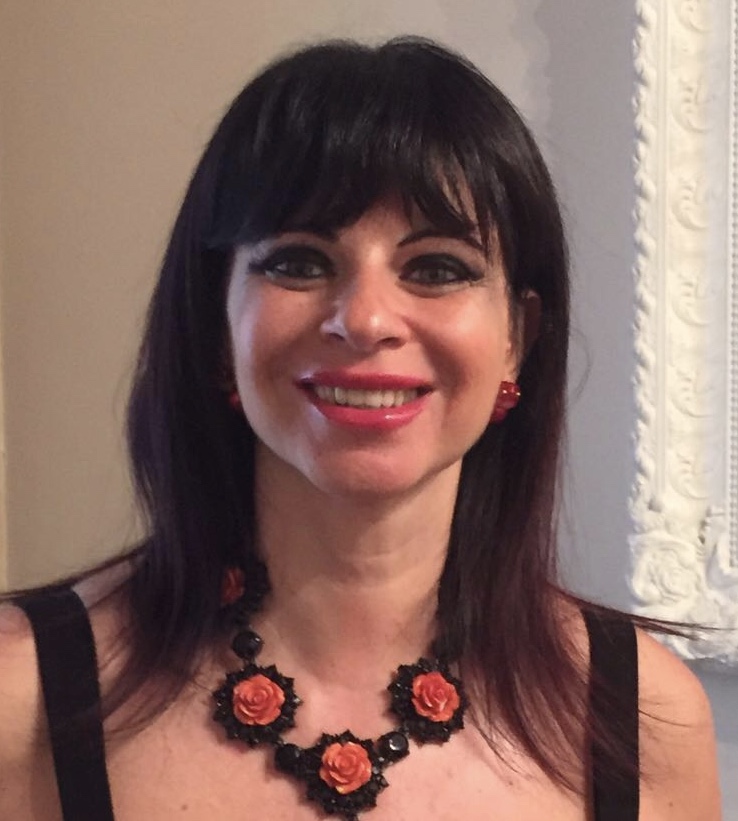 |
|
Wanda Diaz Merced is from Puerto Rico. She is a PhD in Computer Science and multimodal analysis of Astronomy Data. She has a great interest in developing ways to use the human ability to adapt to the data and her enthusiasm towards heliophysics. She has published numerous scientific publications on the exploration evidenced that the use of sound as an adjunct to visual display increases the sensitivity of traditional astronomers to events that might be masked to the eye. |
 |
|
Lina Canas joined the International Astronomical Union (IAU) in April 2015 as Assistant Outreach Coordinator for the IAU Office for Astronomy Outreach (OAO), based at the National Astronomical Observatory of Japan (NAOJ). Her main tasks comprise of communications and project management. With a degree in Astronomy and a Masters in Geophysics, Lina Canas has worked for the past twelve years in astronomy outreach and education, dedicating efforts to inclusion and equality in science through outreach and education. |
 |
Our Moon: a Silvery Hallmark of Global Influence and Significance
By Quentin Parker
Under the auspices of Astronomers Without Borders, this year’s Global Astronomy Month focuses on our nearest terrestrial body, our own moon. The moon causes our ocean's tides, affects life in amazing ways from the timing of massive coral spawning in Australia’s great barrier reef, to higher biological rhythms in animals and to theories that life itself arose on Earth because of the effect of the moon. We always see the same face because it rotates once on its axis at the same time it takes to orbit the earth, 27.2322 days. It is new and old, waxing and waning, full and gibbous, brilliant and dark and sometimes, in eclipse, blood red. It can be “super” and occasionally “blue” and it is lovely to behold.
Thinking of the moon seems particularly pertinent in this time of emerging global threats to our climate and societies. Perhaps the moon can be a unifying force across again as it was during the Apollo missions. It is seen across the globe as it goes through its monthly cycle- we are all one under the moon's gaze. We all see when it is full over the course of a day as the earth rotates into its view. It is a constant reminder of a presence beyond our own and its impact on our lives has been and is profound. We have gazed at it, wondered about it, studied it and even visited it but the promise it offered my generation as a stepping-stone to man’s conquest of the rest of the solar system has faded to a distant memory. Perhaps humankind can once more reach to the moon but this time in a more collaborative way and not as a backdrop to an arms race and use it as a unifying force of human endeavor and ambition.
As a child of the 70’s I often used binoculars to examine the moon and its craters and valleys. I also collected “PG tips” tea cards to make albums. One album I avidly compiled in 1971 was called the “Race into Space”. I was enthralled and fascinated by the promise of our future in space. It was a key reason I became an astrophysicist. There would be massive space stations, moon bases and manned missions to mars en-route to us conquering the solar system. These visions were to be achieved by the 1980s! Disappointingly, very few of these space developments have occurred and we haven’t been to the moon since 1972. From our first powered flight at Kitty Hawk in 1903 to the first Jumbo jet flight in 1969 was 66 years and from the German V2 rocket (the first artificial object to technically enter space in 1944) to the first flight of the Saturn V rocket in 1967 and it last flight in 1973 is only 29 years. In the 45 years since we are still launching things into space by what is effectively a controlled explosion, hardly different to the V2 and Saturn V rockets. Where is the game-changing technology that will change the economics of space travel and making it viable to set-up a permanent moon-base? A technological step change is needed coupled with a strong focus and desire to get off this rock and move from the realms of science fiction to reality. For me, the moon is a crucial way station in this process. As I enter the latter part of my career I still hope my boyhood dreams of space exploration and a permanent presence on the moon may yet become reality.
|
Quentin Parker obtained a PhD from the University of St.Andrews in 1986 and joined the faculty at the University of Hong Kong in March 2015 to take up the Headship of the Department of Physics. Prior to that Quentin worked at the Royal Observatory Edinburgh (1986-1992), Anglo-Australian Observatory (1992-1999), Institute for Astronomy, University of Edinburgh (1999-2002) and then in joint position with the AAO and Macquarie University (2002-2015) where he developed and led the MQ research centre in Astronomy, Astrophysics and Astrophotonics. |
 |
|
Research activities are mainly but not exclusively associated with Wide Field Astronomy (including being PI for the UKST H-alpha survey), large-scale redshift surveys, low-surface brightness galaxies, supernova remnants and especially Planetary Nebulae. He has also extensive experience as an instrumentalist with multi-object fibre-optic spectrographs and narrow-band filters. He has published more than 420 papers and articles and has supervised and co-supervised a significant number of PhD, MSc and honours students to successful completion and is always keen to attract students. Quentin is currently Associate Dean (Global) within the FoS at HKU and director of the Laboratory for Space research. He has a long-term interest in Chinese Bronze artefacts. |
|





